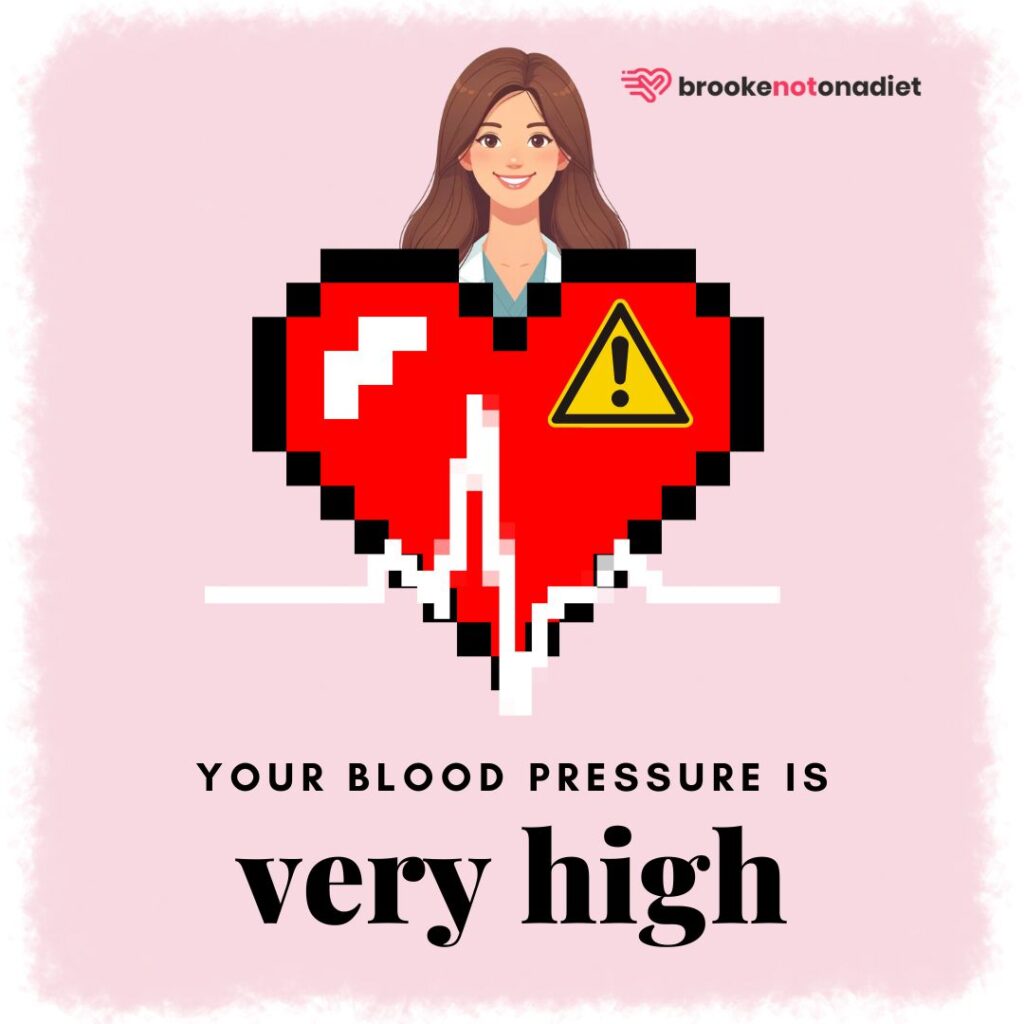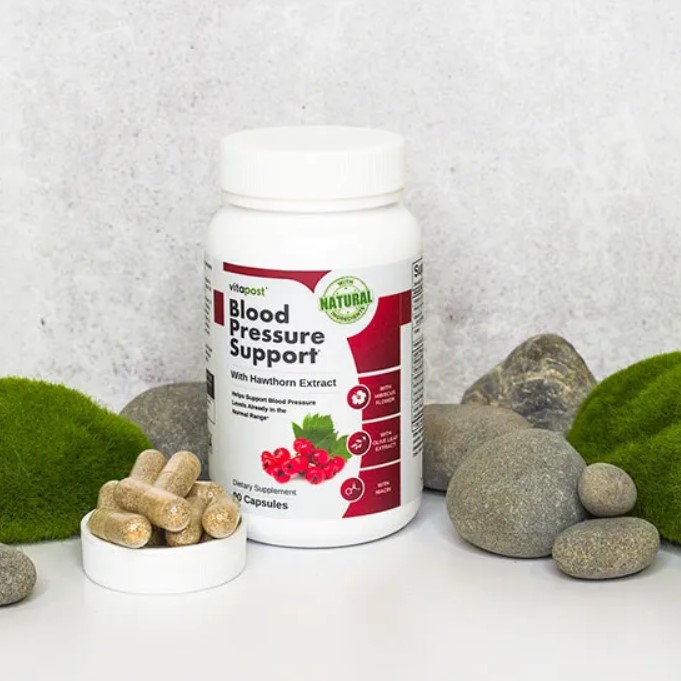
A blood pressure reading of 215/152 mm Hg is considered critically high and dangerous for anyone, regardless of age—whether you’re a child, an adult, elderly, or pregnant.
This condition qualifies as a hypertensive crisis and requires immediate medical attention.
The first step should be to call 911 or seek emergency medical care without delay to manage this life-threatening situation.
According to the American Heart Association (AHA) guidelines, a hypertensive crisis is when blood pressure readings suddenly exceed 180/120 mm Hg.
This condition is divided into two categories:
- Urgent hypertensive crisis, where there may not be immediate organ damage
- Emergency hypertensive crisis, where there is evidence of impending or current organ damage.
Immediate medical intervention is necessary to prevent or manage complications.
Treatment for a hypertensive crisis can be divided into natural and medical methods.
- Natural methods include lifestyle changes such as adopting a heart-healthy diet, reducing salt intake, increasing physical activity, managing stress, and avoiding alcohol and tobacco. However, these methods are more preventive and supportive rather than immediate treatments for a crisis.
- Medical treatment typically involves the immediate administration of intravenous (IV) blood pressure medications in a hospital setting to quickly lower blood pressure and prevent organ damage. Continuous monitoring and long-term medication may be necessary to manage blood pressure thereafter.
The main risks of untreated hypertensive crisis include severe damage to the body’s organs, which can lead to life-threatening conditions.
Potential complications include heart attack, stroke, aneurysm, heart failure, weakened and narrowed blood vessels in the kidneys, thickened, narrowed or torn blood vessels in the eyes, and metabolic syndrome.
The immediate and long-term consequences can be severe, making early detection and treatment crucial to prevent irreversible damage and mortality.
What is the Mean Arterial Pressure (MAP) for a blood pressure of 215/152 mm Hg?
The Mean Arterial Pressure (MAP) for a blood pressure of 215/152 mm Hg is:
What is the Pulse Pressure (PP) for a blood pressure of 215/152 mm Hg?
The Pulse Pressure (PP) for a blood pressure of 215/152 mm Hg is:
How to treat blood pressure of 215/152 mm Hg?
Treating a blood pressure of 215/152 mm Hg requires immediate and careful steps, as it’s considered a hypertensive emergency. Here’s a step-by-step guide to manage such a critical situation.
1. Seek immediate medical attention
- Call emergency services (911) or have someone drive you to the nearest emergency department immediately. Do not attempt to drive yourself.
- Mention the exact blood pressure reading to the medical personnel.
2. Stay calm
- Try to remain calm and still while waiting for medical help. Anxiety can further increase your blood pressure.
- Sit or lie down in a comfortable position.
3. Medical evaluation
Upon arrival at the hospital, medical staff will quickly assess your condition. This will include a physical examination and possibly immediate blood tests, an EKG, or other diagnostic tests to assess organ function and damage.
4. Immediate treatment
- Intravenous (IV) Medications: If you’re in a hypertensive emergency, doctors will administer IV medications to lower your blood pressure to a safer level as quickly as possible, without dropping it too rapidly, which could also be dangerous.
- Continuous Monitoring: You will be under continuous monitoring to ensure that your blood pressure is lowering at an appropriate rate and to assess the response to treatment.
5. Hospitalization
- Depending on the severity and the presence of organ damage, you might be admitted to the hospital for further observation and treatment.
- This allows healthcare professionals to adjust medications and monitor for any potential complications.
6. Long-term treatment plan
- Medication Adjustment: After stabilizing your blood pressure, your doctor will adjust or prescribe oral blood pressure medications for long-term management.
- Lifestyle Changes: You will likely receive counseling on lifestyle changes to manage your blood pressure, including diet, exercise, smoking cessation, and stress management.
- Follow-up Appointments: Regular follow-up with your healthcare provider is crucial to monitor your blood pressure and adjust treatment as necessary.
7. Education and prevention
- Learn about the triggers and warning signs of hypertensive crises to prevent future episodes.
- Educate yourself on the importance of adhering to the treatment plan, including taking medications as prescribed and making recommended lifestyle changes.
8. Emergency action plan
Develop an action plan for potential future hypertensive emergencies, including when to call for emergency help and what information to provide to healthcare providers.
Discover the Power of Natural Blood Pressure Support

Introducing our premium Blood Pressure Support supplement, expertly crafted to promote healthy blood pressure levels and cardiovascular wellbeing.
✅ Formulated with natural ingredients for gentle yet effective support
✅ Helps maintain optimal blood pressure levels
✅ Supports heart health and overall cardiovascular function
✅ May aid in reducing the risk of heart-related issues
✅ Manufactured in a GMP-certified facility for quality assurance
Take proactive steps towards a healthier heart with our Blood Pressure Support supplement.
What is a blood pressure chart and how to read it?
A blood pressure chart is a vital tool developed by the American Heart Association, providing a visual representation of various blood pressure ranges from normal to very high.
This chart is grounded in extensive research, including a 2018 study by Muntner et al., indicating that blood pressure benchmarks should reflect ambulatory and at-home variations.
The chart categorizes blood pressure into five stages: Normal, Elevated Blood Pressure (Pre-hypertension), High Blood Pressure (Hypertension Stage 1 and Stage 2), and Hypertensive Crisis, with specific systolic and diastolic mm Hg values assigned to each category.
To read the chart, you look at two numbers in a blood pressure reading: the systolic (upper number) and the diastolic (lower number) pressures, expressed in millimeters of mercury (mm Hg).
For example, a reading of 120/80 mm Hg means a systolic pressure of less than 120 mm Hg and a diastolic pressure of less than 80 mm Hg, which falls into the “Normal BP” category.
The systolic number measures the pressure in your arteries when your heart beats (contracts), indicating how hard your heart is working to pump blood.
The diastolic number measures the pressure in your arteries when your heart rests between beats, reflecting the resistance to blood flow in the blood vessels.
Both numbers are crucial for diagnosing hypertension and determining the risk of cardiovascular complications.
As per Dr. Paul K. Whelton’s insights and the studies mentioned, the chart serves not only as a diagnostic tool but also emphasizes the importance of awareness and management of heart health, urging a focus on non-pharmacological measures for those in the elevated and high blood pressure stages.
Why maintaining a healthy blood pressure is so important?
Maintaining a healthy blood pressure is crucial because high blood pressure, or hypertension, can lead to various serious health issues affecting different organs in your body. Here’s why it’s important to keep it in check.
- Heart attack (myocardial infarction): Persistent high blood pressure can lead to the narrowing and stiffening of arteries, a condition known as atherosclerosis, which increases the risk of a heart attack.
- Stroke (cerebrovascular accident): Elevated blood pressure can harm the blood vessels in the brain, increasing the likelihood of a stroke.
- Aneurysm: High blood pressure weakens the walls of blood vessels, raising the risk of aneurysm formation. A ruptured aneurysm can cause severe internal bleeding.
- Heart failure: Hypertension causes the heart to work harder to pump blood against increased resistance in arteries. Over time, this extra workload can lead to thickening of the heart muscle and reduced efficiency.
- Kidney problems: Chronic hypertension can damage blood vessels in the kidneys, impairing their ability to filter waste and excess fluid from the body.
- Eye problems (retinopathy): Hypertension can damage small blood vessels in the eyes, potentially leading to vision problems or even blindness.
- Metabolic syndrome: Hypertension often coexists with obesity, high blood sugar, and abnormal cholesterol levels, increasing the risk of metabolic syndrome.
- Changes with memory or understanding: Chronic hypertension may adversely affect the brain, increasing the risk of cognitive impairment, vascular dementia, or Alzheimer’s disease.
Best Blood Pressure Monitor

Monitor your blood pressure with ease and accuracy with our advanced Oxiline Pressure Monitor X Pro.
✅ High-precision readings for reliable monitoring
✅ User-friendly design for hassle-free use
✅ Large LCD display for clear readings
✅ Memory function to track your blood pressure history
✅ Portable and convenient for use at home or on-the-go
Stay on top of your health effortlessly with the Oxiline Pressure Monitor X Pro. Order yours now and take control of your wellbeing today!
